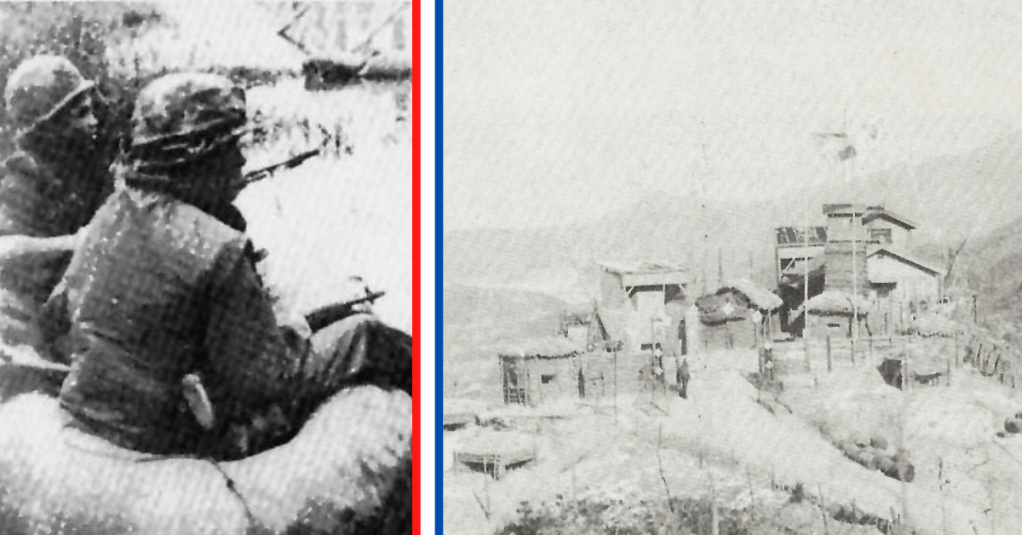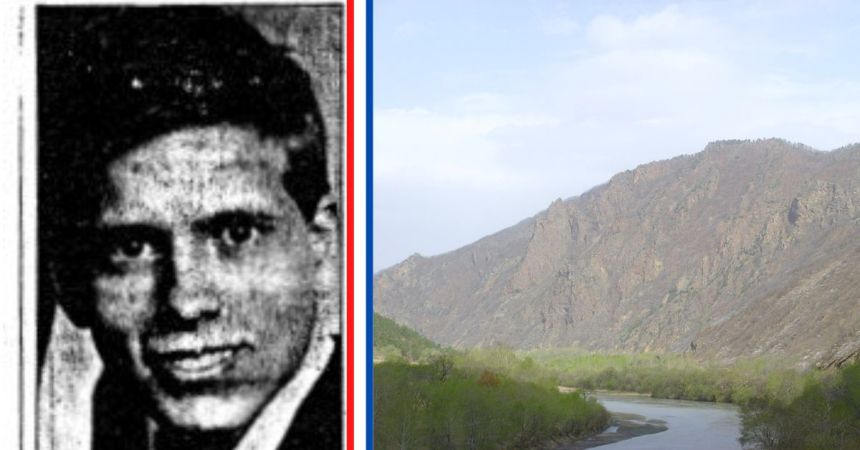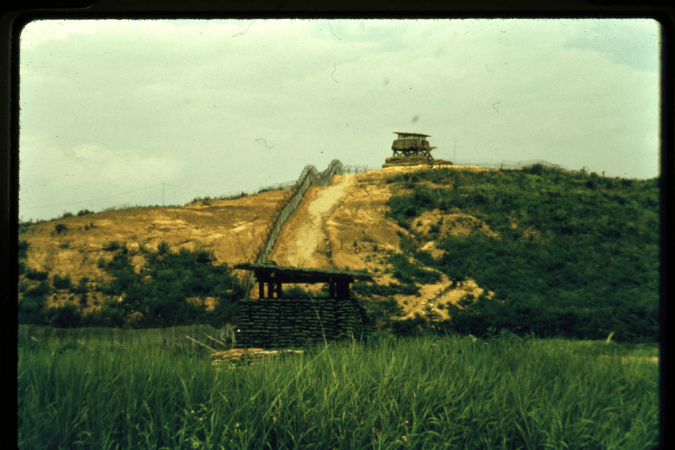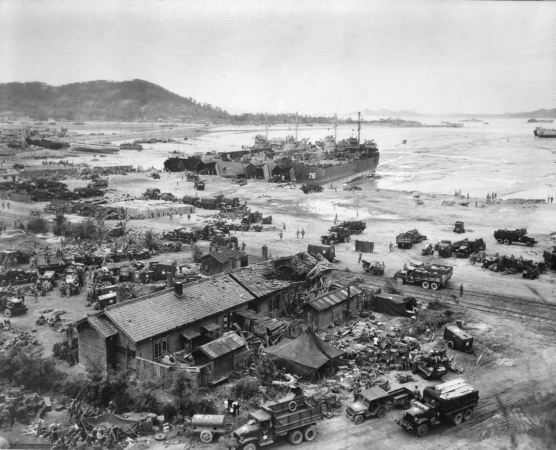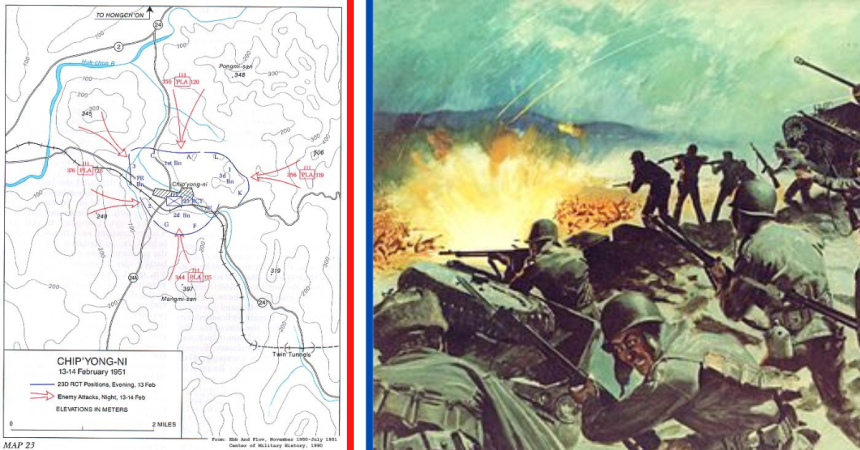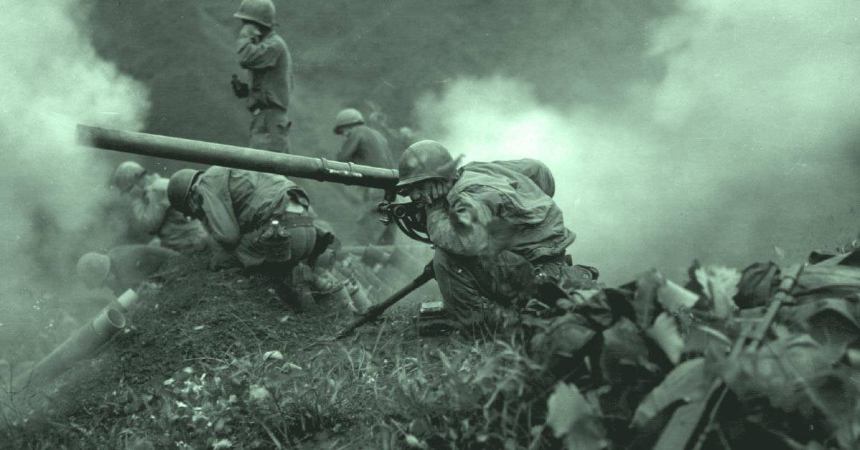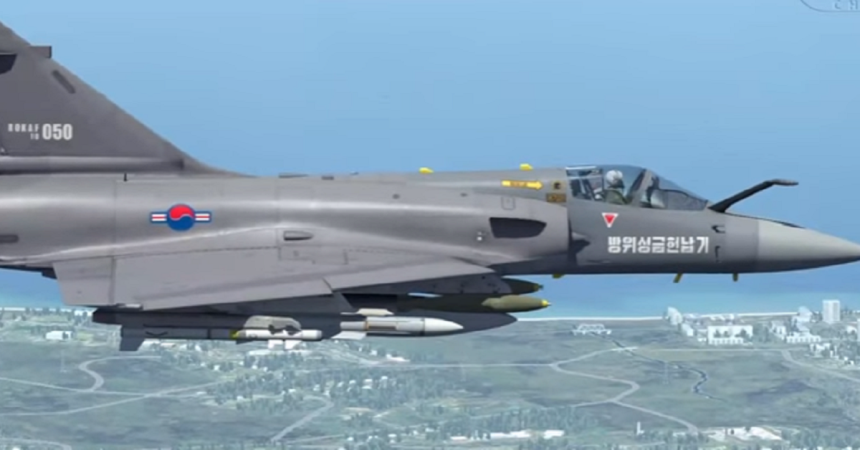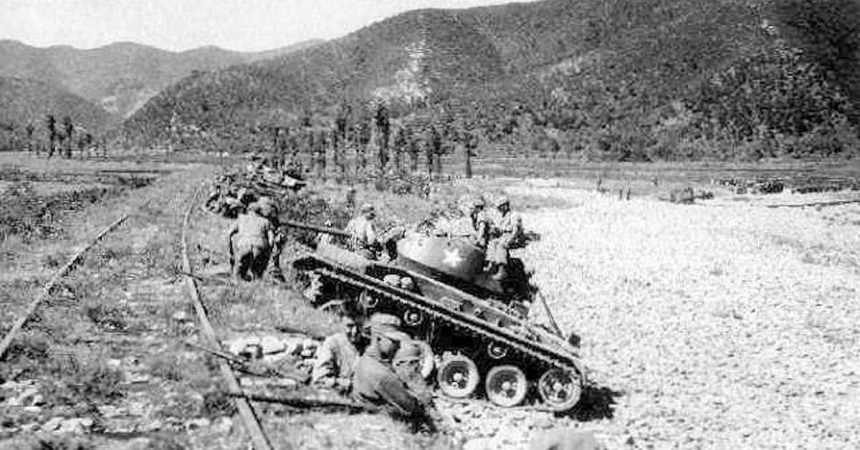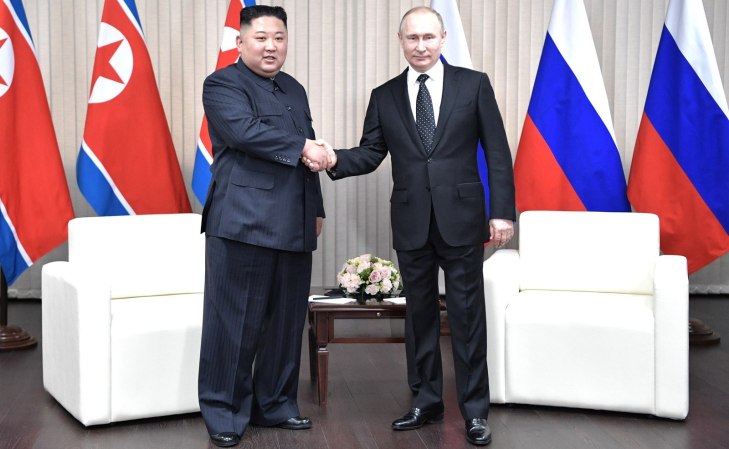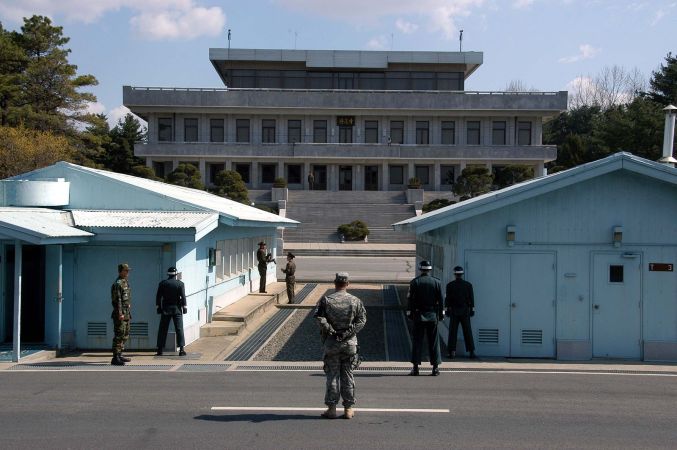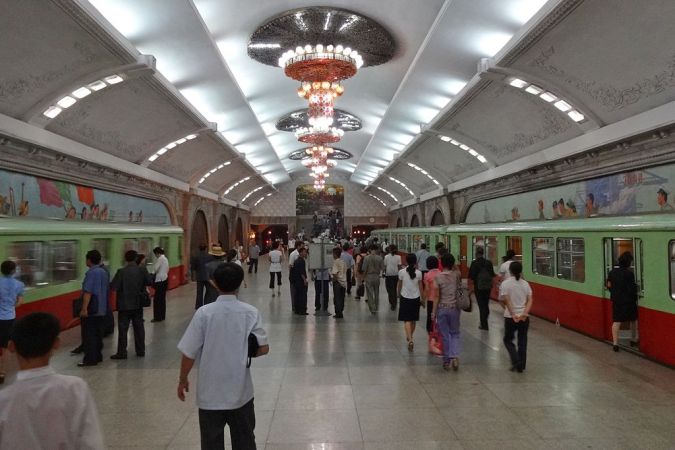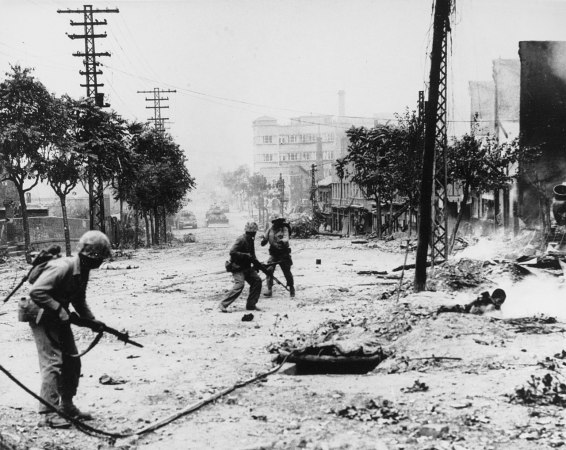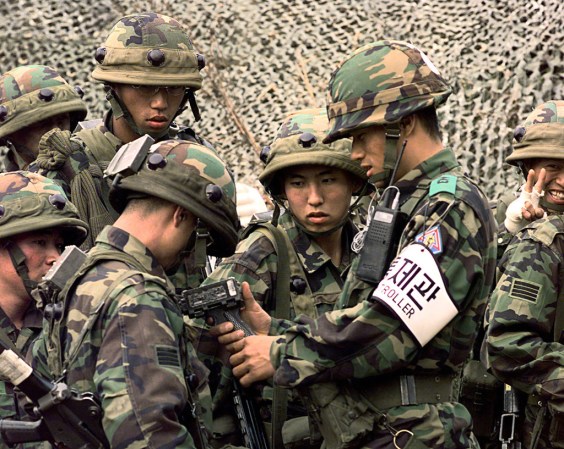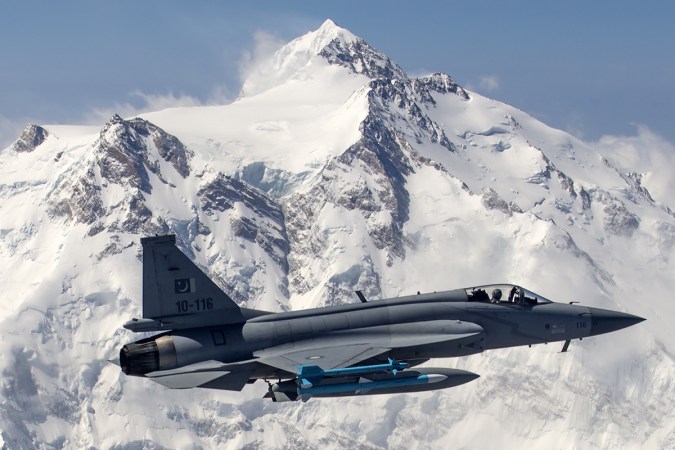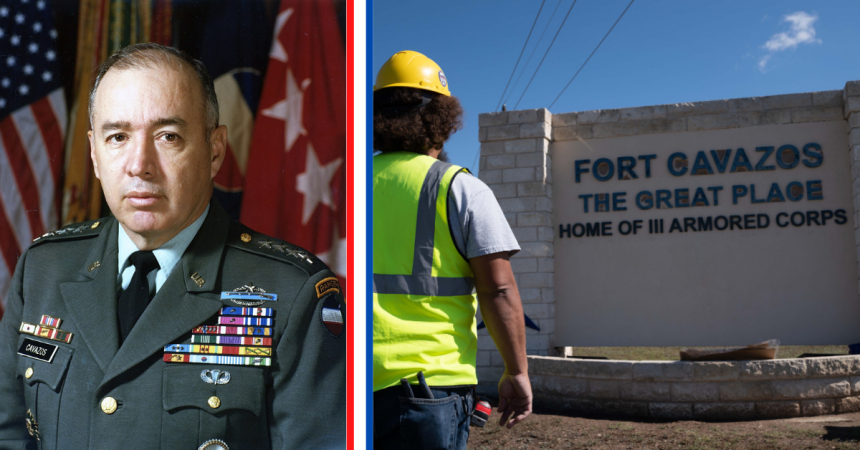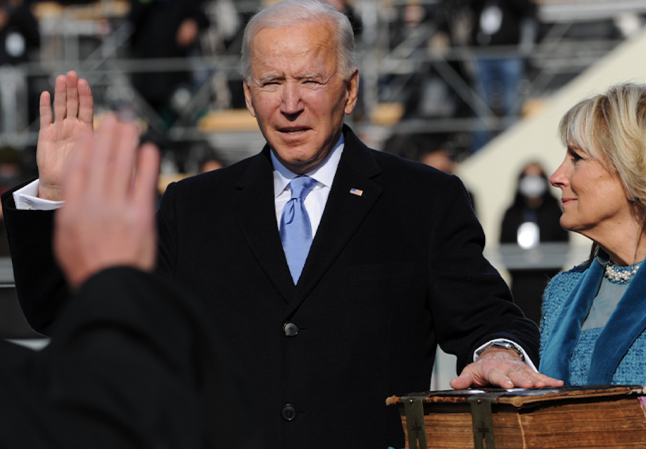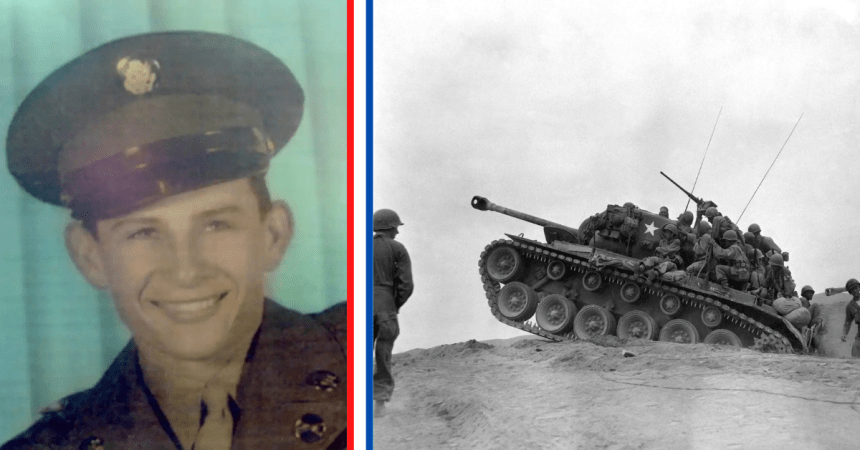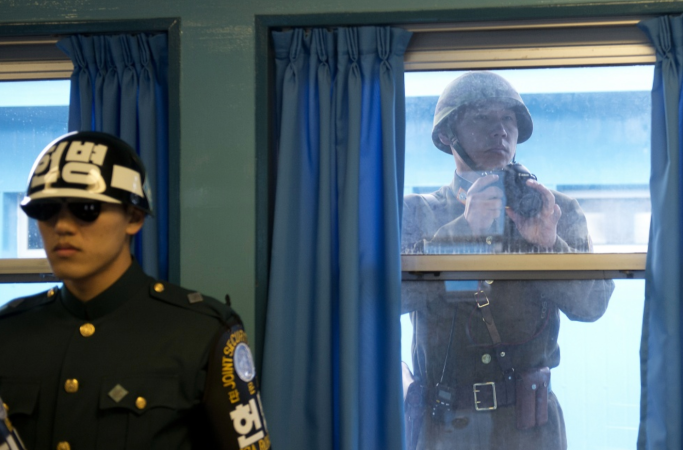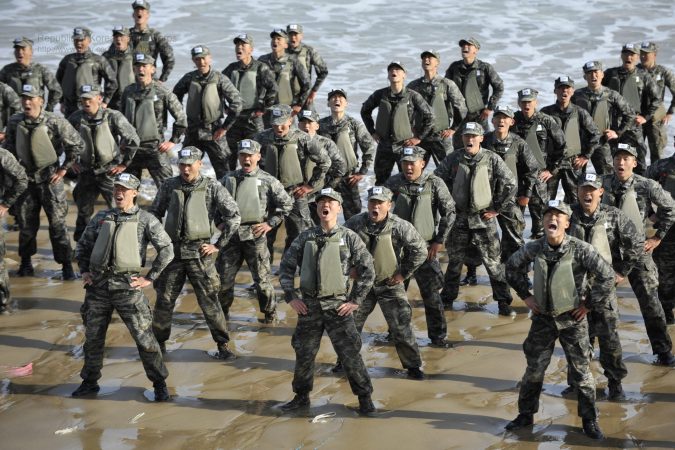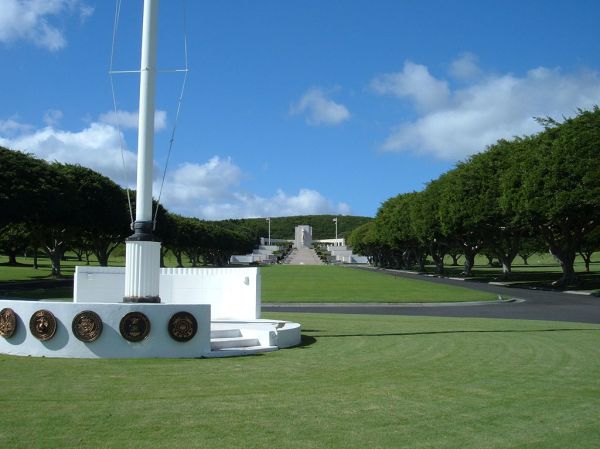The Korean War of 1950-53 never formally ended as no formal peace treaties were concluded after an armistice was signed in 1953. Since the official “end” of the fighting, numerous border clashes have taken place along the Demilitarized Zone (DMZ) that spans the entire width of the Korean Peninsula, as well as the waters around the boundary and the airspace overhead. The deadly clashes have been almost always instigated by communist forces of the Democratic People’s Republic of Korea (DPRK), or North Korea against both troops from the United States and the Republic of Korea (ROK), or South Korea, who represent the United Nations forces protecting South Korea.
Sandwiched in between the big World War II and the long, divisive Vietnam War that was beamed into American living rooms from 1965-1973, many call the Korean War of 1950-53 the “Forgotten War.” Veterans of the post-war Korean DMZ call their combat experiences the “Unknown War.”
Dozens of U. S. soldiers have been killed on the DMZ since the 1953 armistice, especially during the 1960s and 70s. The area was designated a hostile fire (combat) zone for a time, with infantry being awarded the Combat Infantry Badge for firefights, and Purple Hearts for wounds. In the three-year period of October 1966–October 1969, there was an intense series of skirmishes along the DMZ, which resulted in 75 American, 299 South Korean, and an estimated 397 North Korean soldiers killed.
The incidents on the DMZ typically consist of firefights upon the discovery of armed incursions by small numbers of North Korean troops, random sniping, isolated, short outbursts of multiple weapons, and the planting of landmines on patrol paths on the south side of the border fence, inside South Korean territory. On several occasions, North Korean soldiers have defected, or attempted to defect to the south, often setting off volleys of gunfire as the North Korean attempt to kill the defector, while South Korean troops find themselves in the line of fire for unknown reasons and respond in kind. One of the areas that has seen several high-profile clashes is the Joint Security Area (JSA), Panmunjom, South Korea.

The JSA is a group of buildings that straddles the border between North and South Korea and was the location of the signing of the 1953 armistice and subsequent exchanges of prisoners of war. Periodic meetings take place at the JSA between representatives of North Korea and the U.S./South Korean alliance under the United Nations flag. Security troops from both sides come within feet of each other while performing their duties, with the North Koreans always attempting to look hostile and intimidating, often with exaggerated, “mad dog” eyeballing of their opposites. U.S. and South Korean soldiers prefer wearing sunglasses whenever possible and displaying neutral, impassive facial expressions.
On August 18, 1976, an incident at the JSA now referred to as the Axe Murders occurred. An attempt to trim a tree obstructing a field of fire in the DMZ near Panmunjom, pre-coordinated with the North Koreans, ended with two U.S. Army officers, Captain Arthur Bonifas, and First Lieutenant Mark Barrett, were killed by axe-wielding North Korean soldiers and four U.S. soldiers and five South Korean soldiers were injured. Subsequently, a show of force by both sides occurred at the JSA, which resulted in the offending tree cut down to a twenty-foot trunk and an expression of “regret,” but no apology, by North Korea. Former Republic of Korea President Moon Jae-in participated in the show of force as a young South Korean soldier. The American JSA support installation was renamed Camp Bonifas in honor of the slain Arthur Bonifas, who was posthumously promoted to the rank of major.
U.S. troops no longer patrol the DMZ but remain on duty at the JSA. The ROK Army has full responsibility for the entire DMZ, and fatal clashes on the DMZ and waters around Korea continue today.
Not letting the U.S. Army have all the action around Korea, the U.S.S. Pueblo, a U.S. Navy surveillance ship, was seized in 1968 by North Korean patrol boats in international waters. The crew were held as POWs and tortured for almost a year before being released. The ship remains in North Korea.
In 2010, 46 ROK Navy sailors were killed when their ship, the Corvette Cheonan, was sunk in an unprovoked North Korean torpedo attack. North Korea sporadically attacks South Korean fishing government fisheries vessels.
Of course, North Korea has recklessly launched hundreds of medium and long-range ballistic rockets deliberately in the vicinity of both South Korea and Japan, causing air raid warnings to be sounded and endangering ship and air traffic. North Korea’s dangerous provocations are moving Japan to reconsider its post-World War II pacifist position in northeast Asia.


